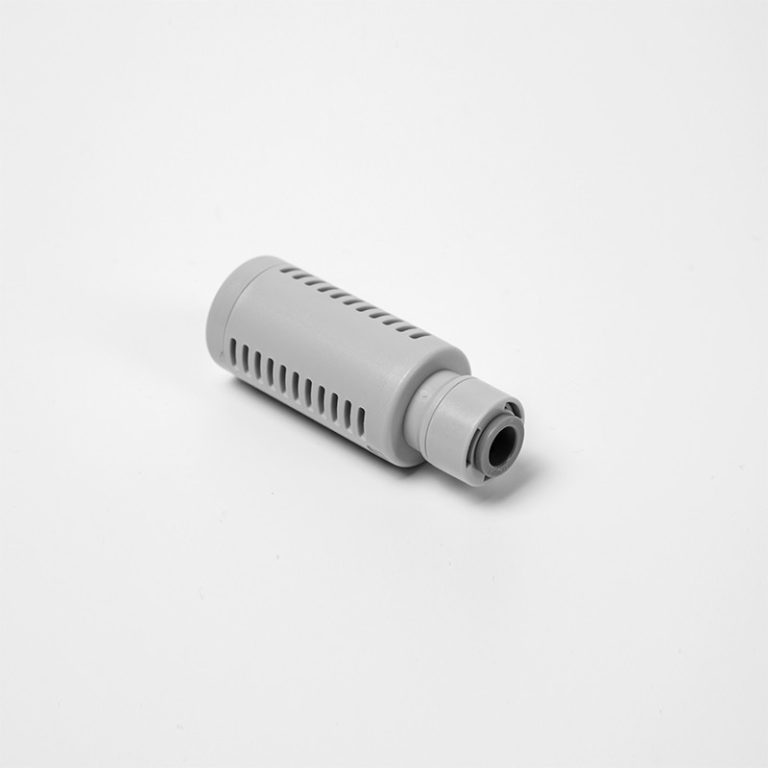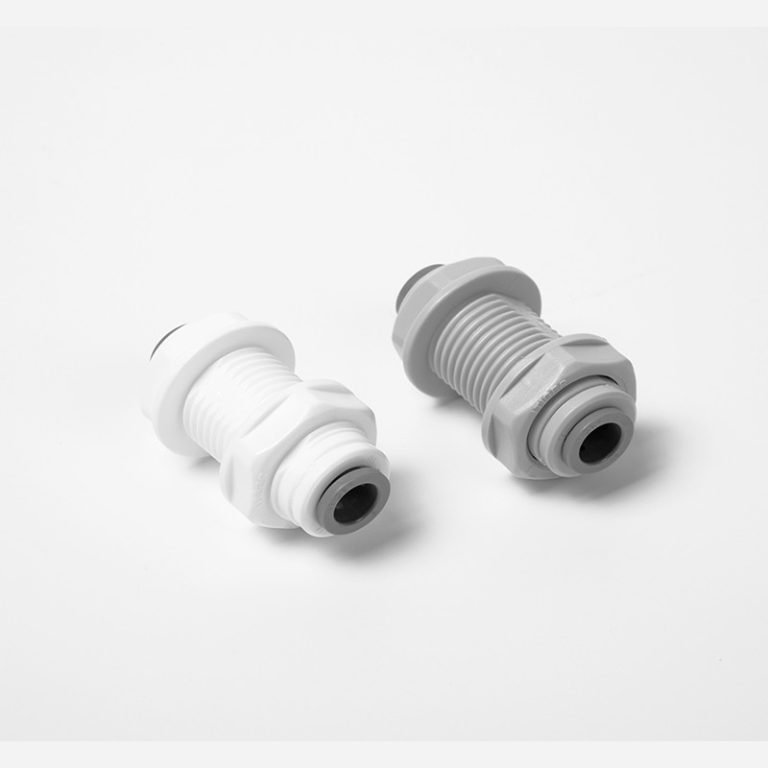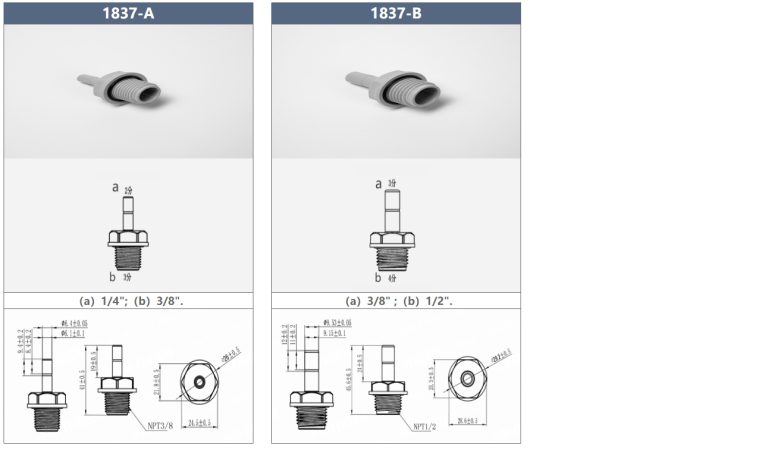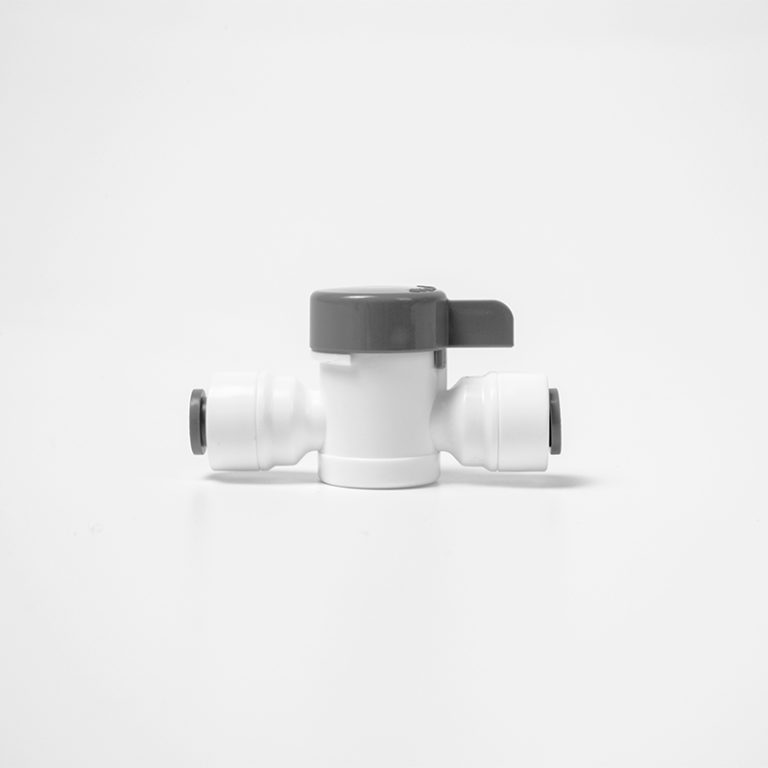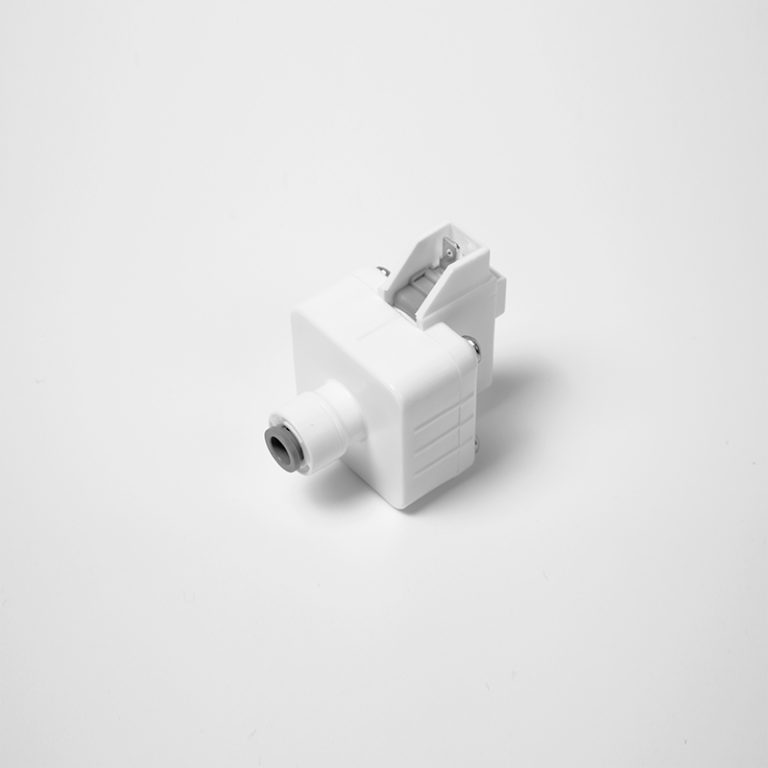“Versatile PVC fittings for seamless compatibility with ABS pipe.”
Table of Contents
Potential Compatibility Issues Between PVC Fittings and ABS Pipe
When it comes to plumbing projects, it is essential to ensure that all components are compatible to avoid any potential issues down the line. One common question that arises is whether PVC fittings will fit ABS pipe. While both PVC (polyvinyl chloride) and ABS (acrylonitrile butadiene styrene) are types of plastic piping commonly used in plumbing, they are not always interchangeable when it comes to fittings.
https://www.youtube.com/watch?v=ByNRSPEuiNA
PVC and ABS pipes have different chemical compositions, which can affect their compatibility with fittings. PVC is a rigid plastic that is commonly used for drain, waste, and vent (DWV) systems, while ABS is a more flexible plastic often used for drain lines. The two materials have different properties, such as temperature resistance and chemical resistance, which can impact how well they work together.
In general, PVC fittings are not designed to fit ABS pipe, and vice versa. While the two types of pipes may have similar outside diameters, their inside diameters can vary, making it difficult to create a watertight seal when connecting them with fittings. Additionally, the two materials may have different wall thicknesses, which can further complicate the issue of compatibility.
If you are considering using PVC fittings with ABS pipe, it is important to proceed with caution. While it may be possible to force a PVC fitting onto an ABS pipe, this can lead to leaks and other problems down the line. It is always best to use fittings that are specifically designed for the type of pipe you are working with to ensure a proper and secure connection.
In some cases, there may be adapters available that can help bridge the gap between PVC fittings and ABS pipe. These adapters are designed to create a secure connection between the two types of materials, allowing you to use PVC fittings with ABS pipe without compromising the integrity of your plumbing system. However, it is important to carefully follow the manufacturer’s instructions when using these adapters to ensure a proper installation.
| Model | Tube(a) | Stem(b) |
|---|---|---|
| 1801-A | 1/4 | 1/4 |
| 1801-C | 1/4 | 3/33 |
If you are unsure about whether PVC fittings will fit ABS pipe for your specific plumbing project, it is always best to consult with a professional plumber. A plumber will be able to assess your needs and recommend the best fittings and materials for your particular situation. By seeking expert advice, you can avoid potential compatibility issues and ensure that your plumbing system functions properly for years to come.
In conclusion, while PVC fittings and ABS pipe may have similar outside diameters, they are not always compatible due to differences in their chemical compositions and properties. It is important to use fittings that are specifically designed for the type of pipe you are working with to ensure a proper and secure connection. If you are unsure about compatibility issues, it is best to consult with a professional plumber to avoid any potential problems in the future.
How to Properly Transition from PVC Fittings to ABS Pipe
When it comes to plumbing projects, it’s essential to ensure that all components are compatible to avoid any issues down the line. One common question that arises is whether PVC fittings will fit ABS pipe. The short answer is no, PVC fittings are not compatible with ABS pipe. However, there are ways to properly transition from PVC fittings to ABS pipe without causing any problems.
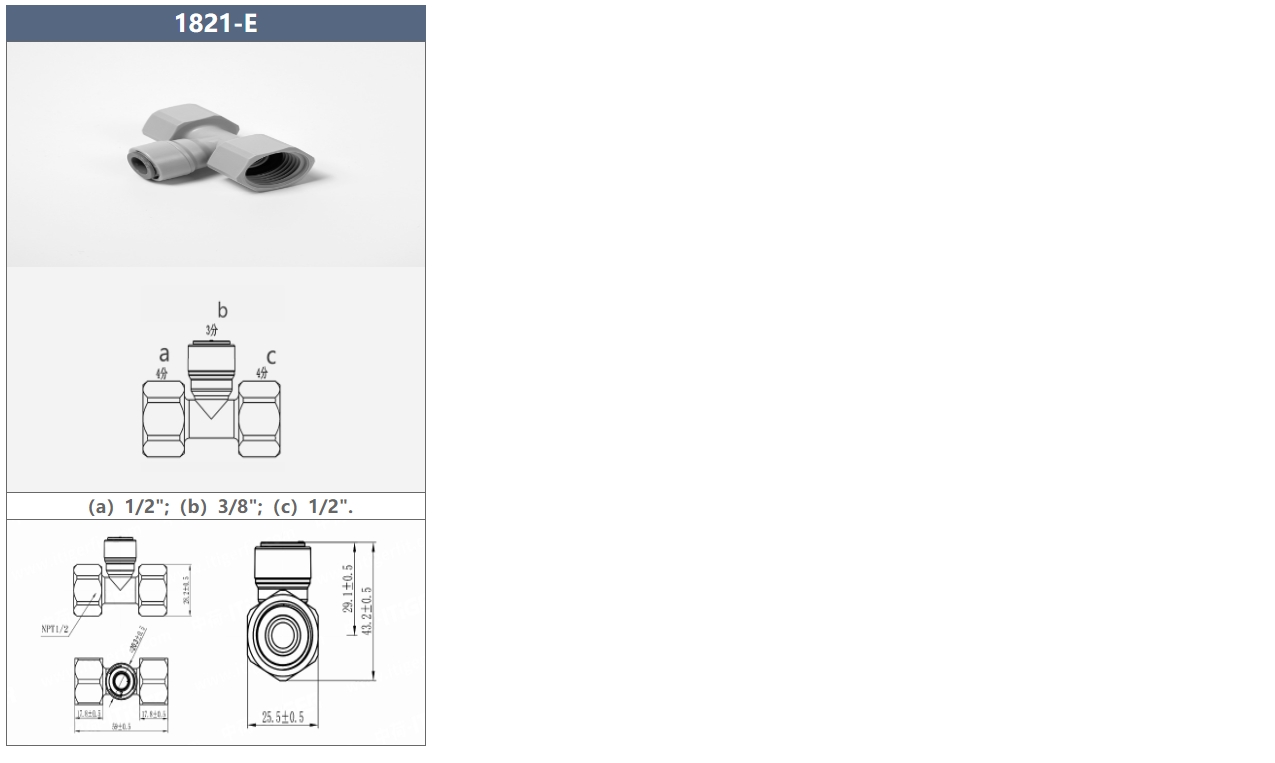
PVC (polyvinyl chloride) and ABS (acrylonitrile butadiene styrene) are two different types of plastic piping materials that are commonly used in plumbing applications. While they may look similar, they have different chemical compositions and properties that make them incompatible with each other. PVC is a rigid plastic that is commonly used for drain, waste, and vent (DWV) systems, while ABS is a more flexible plastic that is often used for drain and sewer lines.
When transitioning from PVC fittings to ABS pipe, it’s important to use the correct transition fittings to ensure a proper and leak-free connection. One option is to use a rubber coupling with stainless steel clamps. These couplings are designed to connect pipes of different materials and sizes and provide a secure and watertight seal. Simply slide the coupling over the end of the PVC fitting and the ABS pipe, tighten the clamps, and you’re good to go.
Another option is to use a transition cement specifically designed for connecting PVC fittings to ABS pipe. This cement is formulated to bond the two materials together effectively and securely. Simply apply the cement to both the PVC fitting and the ABS pipe, insert the fitting into the pipe, and hold in place for a few seconds to allow the cement to set.
It’s important to note that using the correct transition fittings and cement is crucial to ensuring a proper connection between PVC fittings and ABS pipe. Using the wrong materials can result in leaks, cracks, or other issues that can lead to costly repairs down the line. Additionally, it’s always a good idea to consult with a professional plumber if you’re unsure about how to properly transition from PVC fittings to ABS pipe.
In conclusion, while PVC fittings are not compatible with ABS pipe, there are ways to properly transition between the two materials. By using the correct transition fittings and cement, you can ensure a secure and leak-free connection that will stand the test of time. Remember to always follow manufacturer instructions and consult with a professional plumber if you’re unsure about how to properly transition between PVC fittings and ABS pipe. With the right materials and techniques, you can successfully complete your plumbing project without any issues.

